When Scottish rock band Travis released The Man Who in 1999, they probably couldn’t have imagined it becoming one of the UK’s most successful albums of the past 25 years.
Videos by American Songwriter
Britpop was over. Even Blur had moved on to mimic the guitar noise of American indie rock. And in Britpop’s wake lay a slew of one-word band names, echoing dashes of Oasis and The Bends-era Radiohead.
Some of them, Coldplay and Keane, had great success. While others, like Doves and Starsailor, never had a “Yellow” or “Clocks” to propel them to the stadium.
But Travis quietly made a masterpiece as the decade wound down—much of it due to the timeless songwriting of singer and guitarist Fran Healy.
Writing Letters
Last year, Travis appeared on Tim Burgess’ podcast Tim’s Listening Party to discuss their breakthrough album. A breakthrough album that’s really about a breakup.
Healy wrote the album opener “Writing to Reach You” in 1995. Franz Kafka’s book Letters to Felice and a recent breakup with his girlfriend inspired the song. His ex had left for college, and Healy felt left behind—like his life was going nowhere.
Because my inside is outside
My right side’s on the left side
’Cause I’m writing to reach you now
But I might never reach you
Nigel Godrich
Radiohead producer Nigel Godrich helped shape The Man Who and the band marveled at the speed with which he’d get things sounding good in the studio.
Godrich created the bubbling synth intro to “The Fear” while Healy ran to grab another instrument from his home. When he returned, the song had been completely transformed into something new. It’s the first track they recorded for the album.
Years later, they returned to RAK studios in London where they recorded with Godrich, and found the same Juno synth he’d used on the album. When they plugged it in, the first preset found was the intro to “The Fear.”
There’s an airy openness to the mixes and Godrich’s fingerprints are noticeable throughout. But his glitchy dashes are scattered beneath the natural and fluid sound of a live band.
Dougie Payne’s bass playing is a kind of bouncy low end that brings to mind Paul McCartney’s take on Motown’s James Jamerson. It fits well with drummer Neil Primrose, who aims for the staircase jazz of Ringo Starr. The beats sometimes sound like a remix, but one played by a live drummer. It offsets the sweetness in Healy’s acoustic confessionals.
R.E.M.
The sparse production on The Man Who isn’t what you’d expect from Godrich, who with Radiohead reshaped the sound of rock music with groundbreaking albums like OK Computer and Kid A.
Where Thom Yorke had abandoned writing pop songs or even songs with choruses, Healy embraced a similar style to Yorke’s older work. But Yorke and Healy both share a love of R.E.M. And the minimalist college rock on R.E.M.’s Automatic for the People created a blueprint for Travis, too.
As alternative music shifted pop culture in the 1990s, Peter Buck became an avatar for the anti-guitar hero. He created jangly power-pop riffs with simple chords and a less-is-more approach. Something he’d done since R.E.M.’s 1983 debut, Murmur. Travis guitarist Andy Dunlop takes a similar approach. His guitar tone is often dry and distorted and, like Godrich’s production, buoys Healy’s conditional anxiety.
What’s a Wonderwall Anyway?
The Man Who was released on May 24, 1999. It spent 11 weeks at No. 1 while remaining in the charts for a staggering 134 weeks. The album received two Brit Awards (Best British Band, Best British Album) and two Igor Novello Awards.
It all peaked with a headlining performance at Glastonbury in 2000. The band’s single “Why Does It Always Rain on Me?” became an international hit and lifted Travis to another tier above the other groups looking to fill Britpop’s void.
Though they haven’t reached Coldplay levels of commercial success, The Man Who has come to define the sound of British alternative music in the late ’90s and early 2000s.
Photo by Gie Knaeps/Getty Images

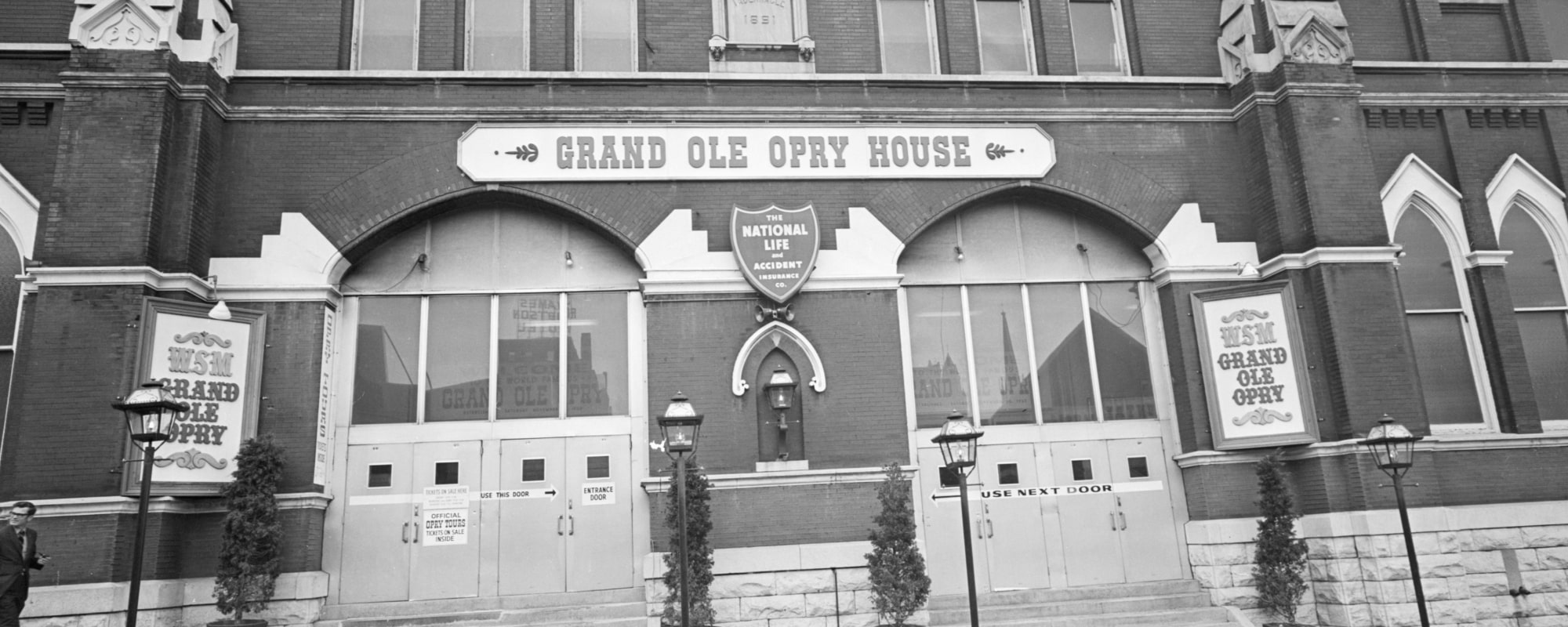

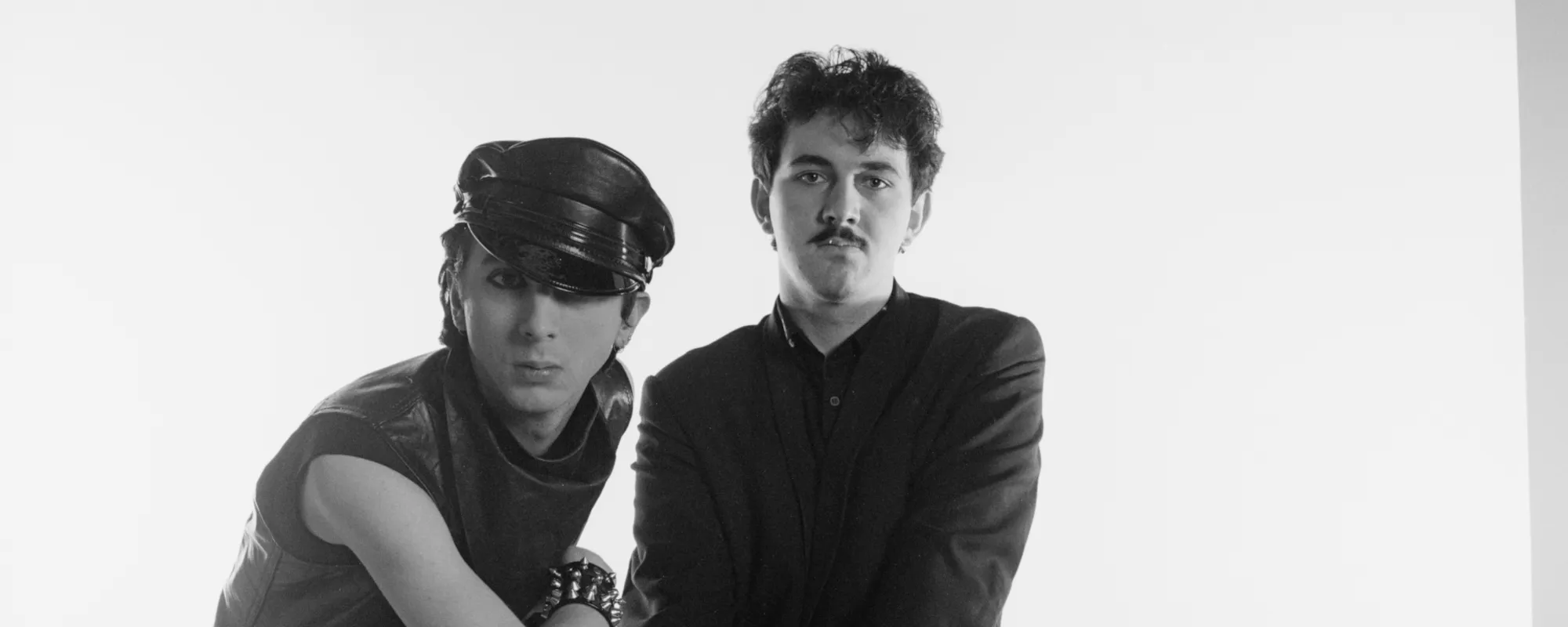


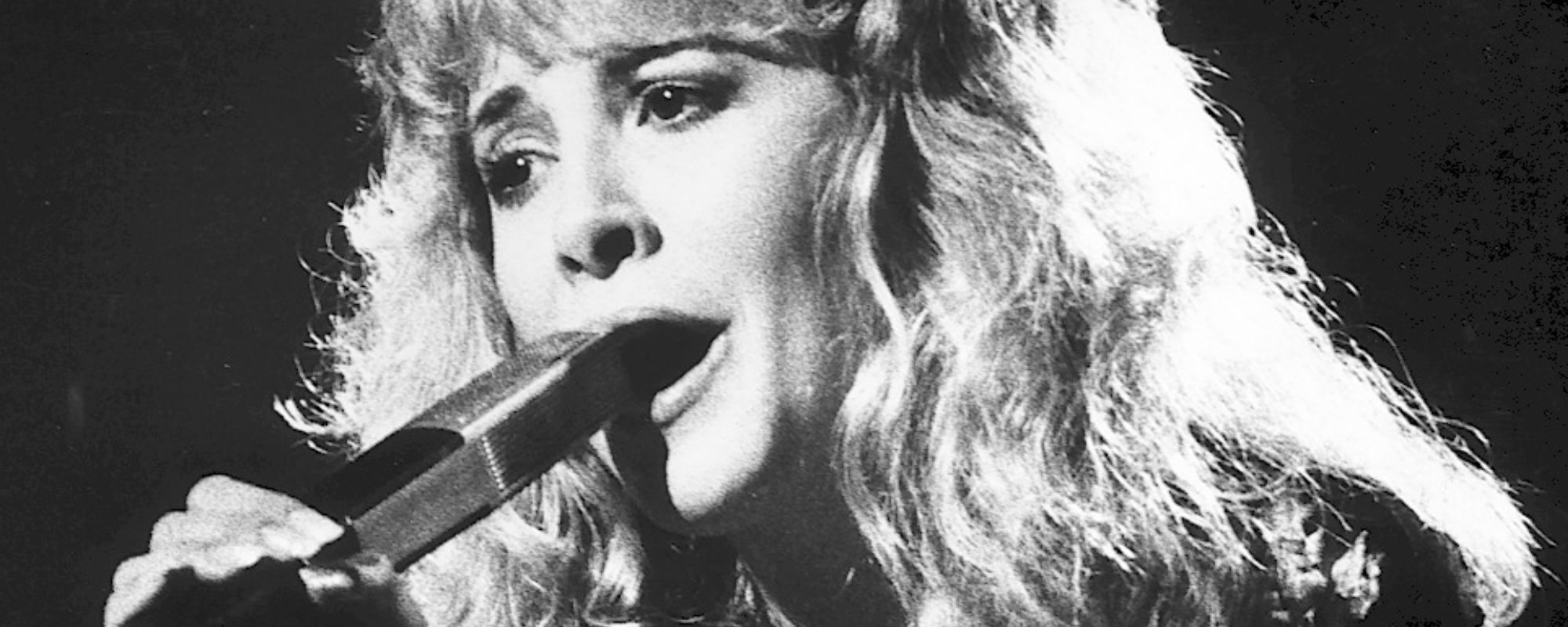
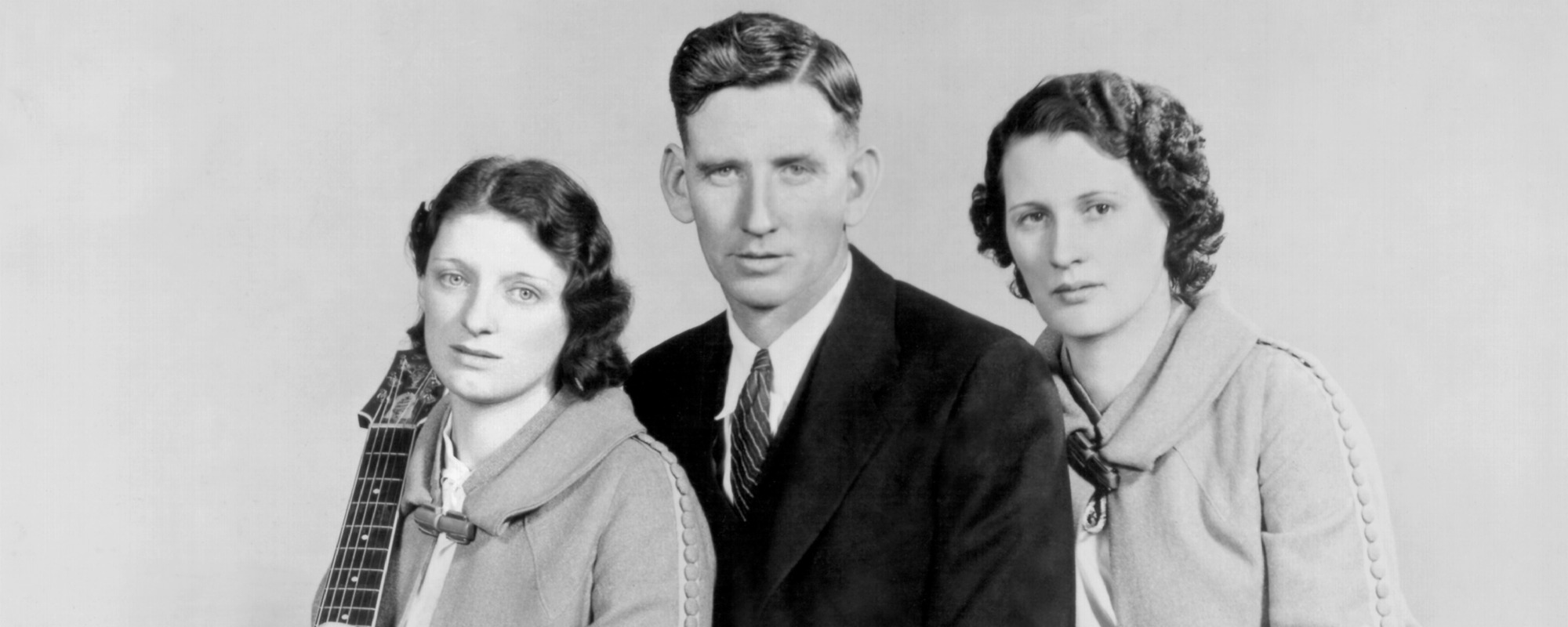

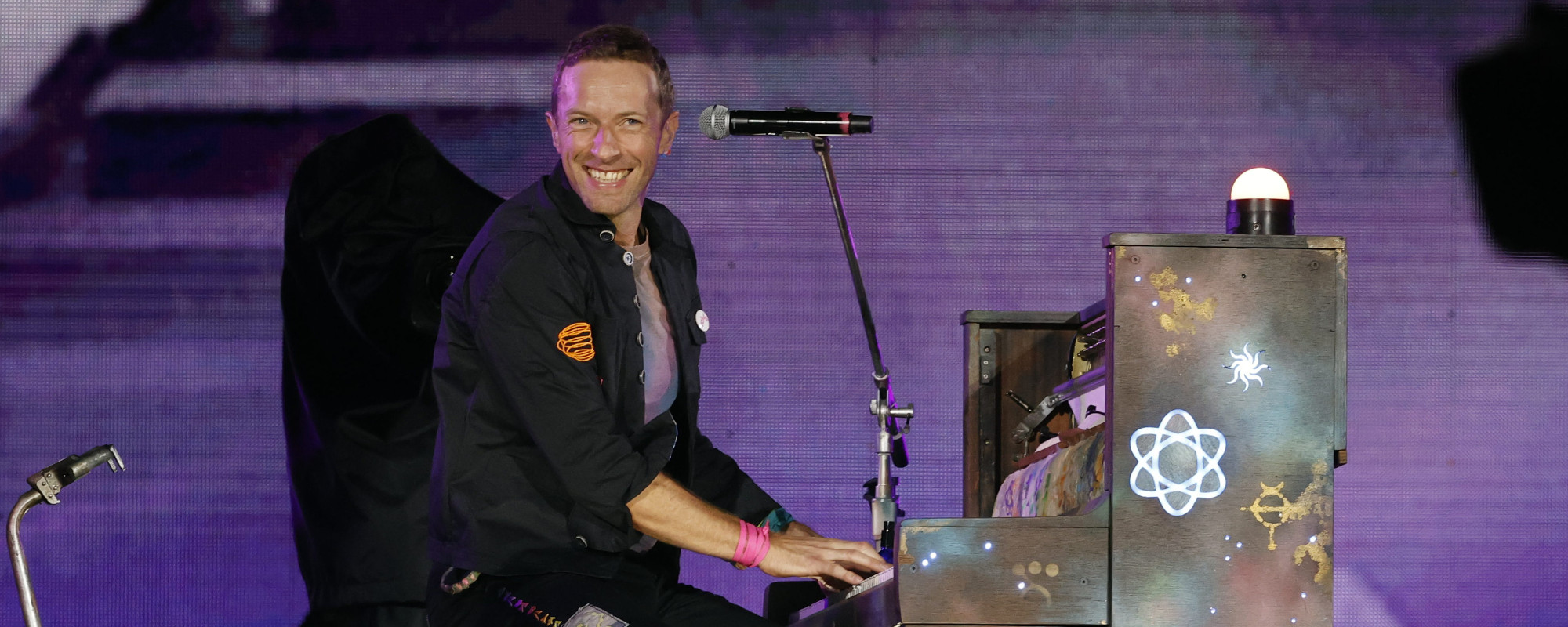

Leave a Reply
Only members can comment. Become a member. Already a member? Log in.